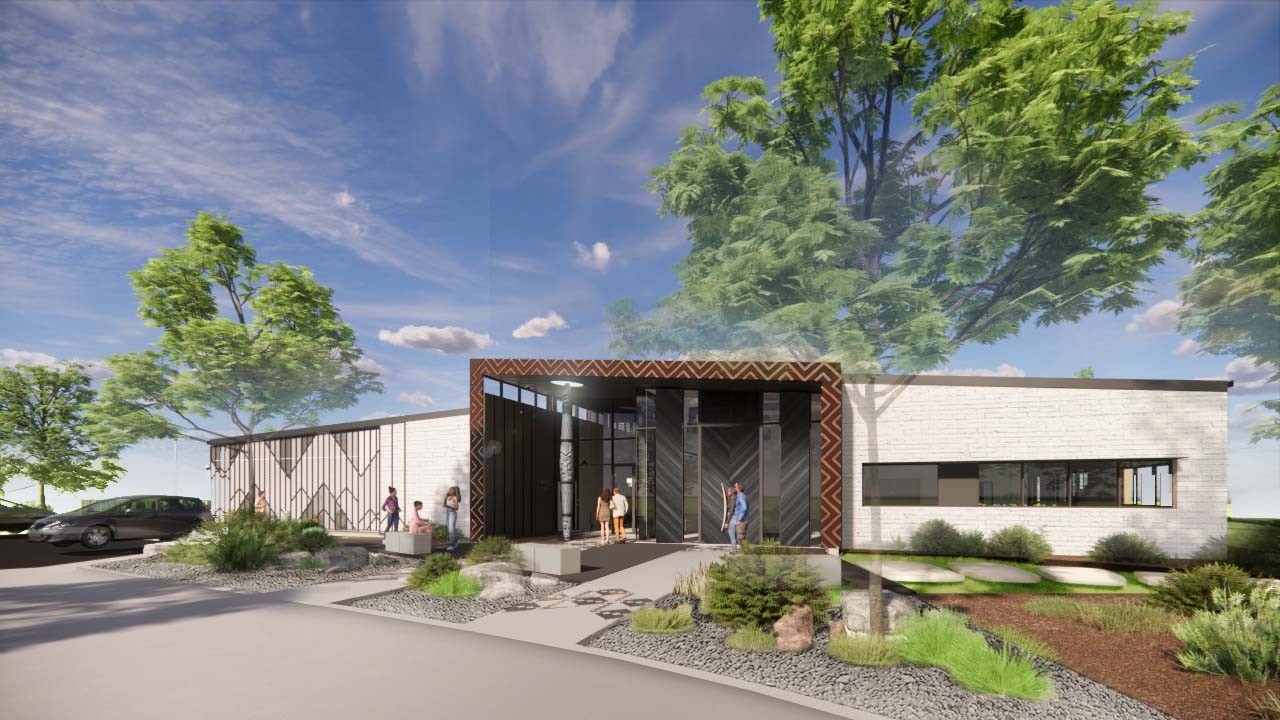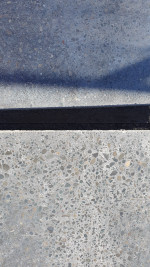
EcoMix® EC40 – Firth … leading the way
A replacement acute mental health and addictions facility for the Tairāwhiti community is currently under construction and is being built at Gisborne Hospital. It has the distinction of being a Living Building Challenge (LBC) Core Green project designed and specified by Mode Design and Architects 44. As part of the stringent LBC requirements, this is one of the first projects in the country to use the EC40 concrete mix - resulting in a CO2 reduction of between 40 and 50%.
“Going back to early 2022 a lot of work went into the design and specification of products for this building to ensure we met the various benchmarks required,” explains Dan King of Architects 44. “A Living Building Challenge project has the most gnarly sustainable building benchmarks in the world and is a lot tougher to certify than say a Greenstar 5 or 6.”
“This is a LBC – ‘Core Green’ project (an entry level Core Green certification) for which we were required to demonstrate significant reductions in embodied carbon all categories of building design and operation,” he says. “A lot of product specifications weren’t too hard to meet but the biggest hurdle was the designated 20% reduction in embodied carbon for material used in the primary structure. This basically makes it very hard to use steel or concrete. Using Firth Strata® bricks (which are manufactured in NZ) definitely helped, however the concrete component for the foundations presented the biggest challenge.”
Dan had heard through industry contacts that Firth had been involved with decarbonising concrete mixes for a few years, prior to EcoMix® being available. So he contacted the local Firth office who put him in touch with Bernice Cumming, Architectural Consultant. Once Bernice had a handle on what was needed, she discussed this with the Firth Technical team to see what could be achieved with the materials available in the Gisborne region.
“The project had a carbon accountant who was calculating what was required for certification. If we were unable to reduce the primary structure’s embodied carbon by 20% the project would have been dead in the water. So we were relying on Firth to achieve the greatest reductions with their concrete mix. They advised that EC40 was the best option.”

"With anything new - whether it’s technology or practices - you find that it’s not always smooth sailing. We had two pours - one for the foundations and one for the floor slab. The foundations pour was tricky for the placers as the mix was thick and gluggy which made it hard for the concrete to get around the inbuilt brackets and services within the foundation. But they got it in and then the second pour went a bit smoother ... but because the floor was to be polished, we couldn’t use a vibrator as much as we would have liked on the mix to settle it into place. But at the end of the day − after initial grinding − the aggregates are still sitting at the top, the structural engineer is happy with the poured result, our carbon accountant is happy, the client is happy and so is the Council.”
“I think these sorts of challenges are the price you pay for a major step up in the technology. For the sake of the environment we need to keep pushing. The experience has certainly not put us off as we have learned a lot. It’s not as simple as just picking a number.”
“In terms of the construction industry, I think Firth has one of the hardest jobs to try and improve the decarbonisation of concrete. But they are leading the way in his area and I am really supportive of what they are doing.”